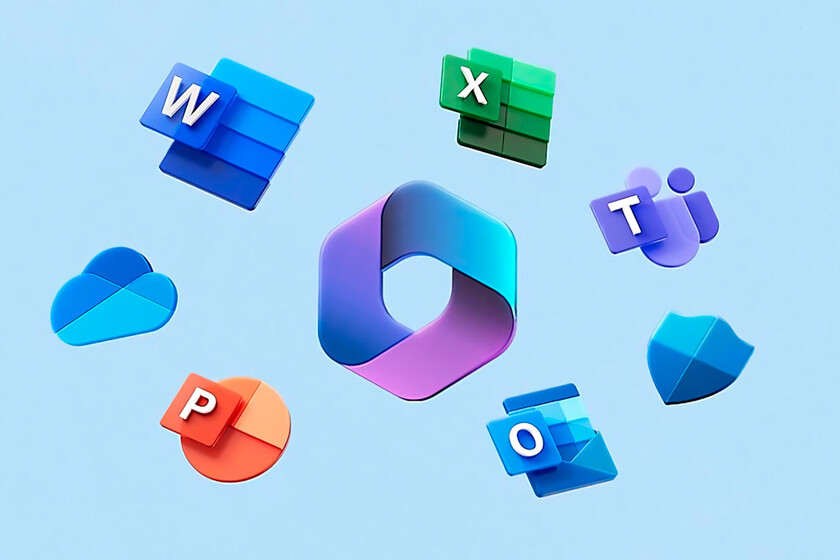
In today’s fast-paced digital landscape, optimizing the use of Microsoft 365 (M365) for efficiency, cost, and cybersecurity is essential for organizations aiming to maintain a competitive edge. One powerful approach to achieving this optimization is through benchmarking. By measuring key parameters and comparing them across organizations with similar requirements, businesses can continuously improve their operations. This article explores how benchmarking can drive the optimization of M365, focusing on efficiency, cost, and cybersecurity, and highlights how tools like TBSC’s Smarter SaaS 365 facilitate this process.
What is Benchmarking?
Benchmarking is the process of comparing an organization’s performance metrics to industry bests or best practices from other companies. For M365, this involves analyzing how efficiently the platform is used, the associated costs, and the cybersecurity measures in place. By identifying gaps and opportunities for improvement, organizations can implement changes that drive better outcomes.
Key Parameters for Benchmarking M365
1. Efficiency of Usage
Efficiency in using M365 involves ensuring that all features and tools are utilized to their fullest potential. Key parameters include:
- Adoption Rates: Measuring how widely and effectively the various M365 applications are being used within the organization.
- User Productivity: Evaluating how M365 tools are impacting employee productivity, collaboration, and communication.
- Feature Utilization: Identifying which M365 features are underutilized and providing training or resources to increase usage.
2. Cost Management
Effective cost management involves analyzing spending on M365 licenses and subscriptions to ensure maximum return on investment. Key parameters include:
- License Utilization: Tracking whether all purchased licenses are actively used or if there are dormant or redundant licenses that can be reallocated or cancelled.
- Subscription Optimization: Comparing subscription levels to actual usage to ensure the organization is not overpaying for features that are not needed.
- Cost-Benefit Analysis: Evaluating the financial impact of M365 on the organization’s operations and productivity.
3. Cybersecurity
Ensuring robust cybersecurity within M365 involves protecting sensitive data and preventing unauthorized access. Key parameters include:
- Security Compliance: Checking adherence to industry standards and regulatory requirements.
- Incident Response: Measuring the effectiveness and speed of response to security incidents.
- User Behavior: Monitoring user activities to detect unusual patterns that may indicate security breaches.
Continuous Improvement through Benchmarking
Benchmarking is not a one-time activity but a continuous process that helps organizations achieve their goals, identify best practices, and manage outcomes effectively. Here’s how:
Achieving Goals
By setting specific, measurable goals for M365 usage, cost management, and cybersecurity, organizations can use benchmarking to track progress and make data-driven decisions. For instance, a company may set a goal to reduce unused licenses by 20% within a year. Benchmarking helps measure this progress and provides insights into how other similar organizations achieve similar goals.
Identifying Best Practices
Benchmarking allows organizations to learn from others. By comparing their performance with industry leaders or similar organizations, companies can identify best practices and adopt them. For example, if a peer organization has significantly reduced its M365 costs through specific strategies, these can be examined and potentially implemented.
Managing Outcomes
Regular benchmarking enables organizations to manage and adjust their strategies based on real-time data. This proactive approach ensures that any issues or inefficiencies are quickly addressed, leading to better overall performance.
TBSC’s Smarter SaaS 365: A Benchmarking Tool for M365
TBSC’s Smarter SaaS 365 is a powerful tool designed to assist organizations in the continuous monitoring and optimization of their M365 environment. Here’s how it supports benchmarking:
- Performance Monitoring: Smarter SaaS 365 constantly tracks vital performance indicators, providing a clear picture of how M365 is used across the organization.
- Comparative Analysis: Organizations can compare their M365 usage, costs, and security measures against similar organizations or industry-wide standards. This helps in identifying areas of improvement and implementing best practices.
- Real Usage and Security Data: The tool uses actual usage and security data to provide accurate insights, ensuring that benchmarking is based on real-world scenarios.
By leveraging Smarter SaaS 365, organizations can ensure they are getting the most out of their M365 investment, optimizing costs, enhancing efficiency, and maintaining robust cybersecurity measures.
Conclusion
Benchmarking is a powerful strategy for optimizing the use of Microsoft 365. By measuring key parameters related to efficiency, cost, and cybersecurity, and comparing these metrics with those of similar organizations, continuous improvements can be achieved. Tools like TBSC’s Smarter SaaS 365 facilitate this process by providing the necessary data and insights to drive better decision-making. Through regular benchmarking, organizations can achieve their goals, adopt best practices, and manage outcomes effectively, ensuring they remain competitive and efficient in their use of M365.